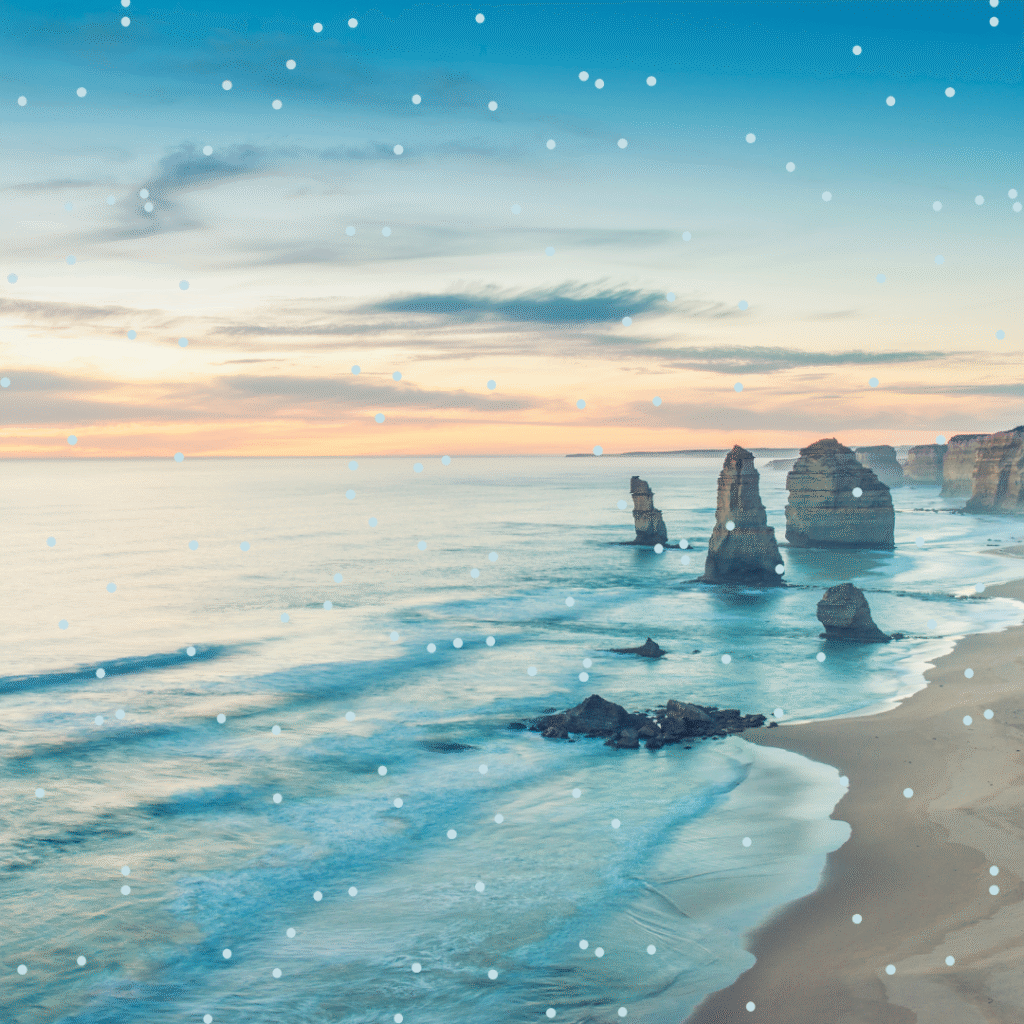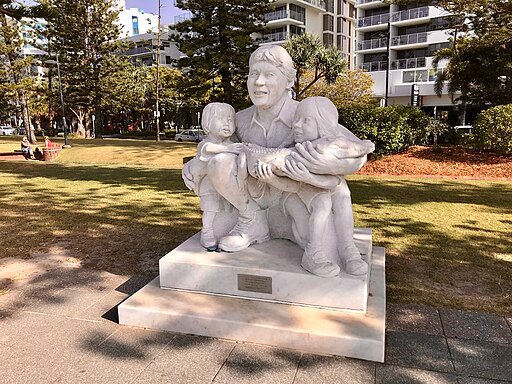
This children’s article, Australia plans to protect 30% of its ocean by 2030, has been written for native English speakers and learners of English as a second or foreign language. It can help children practise reading and comprehension, learn useful vocabulary, and explore how one country is helping protect the ocean. Perfect for World Ocean Month! Written by Sinead O’Carroll, an experienced teacher and writer.
Australia’s big ocean promise
Australia is making a huge promise to protect its ocean and sea life. The government says it will declare 30% of the country’s waters “highly protected” by the year 2030. That means fishing, drilling, and other activities that remove resources from the sea may be completely banned in those areas.
This announcement was made at the United Nations Ocean Conference, which was held in France this year. World leaders, scientists, and ocean experts met to talk about how to protect the sea during World Ocean Month.If you’d like to learn more about World Ocean Day and how you can help, dive in here.
What does “highly protected” mean?
The term “highly protected” means that no one is allowed to take anything out of the ocean in those areas. That means activities like fishing, oil drilling, and mining must stop. This helps the ocean and sea animals recover and stay healthy.
Australia’s environment minister, Murray Watt, told people at the conference that the country already protects more ocean than any other nation. In the last three years alone, Australia added 1.3 million square kilometres of highly protected areas – an area bigger than many countries!
Marine parks: Nature’s underwater safe zones
Australia is full of marine parks. These are parts of the ocean where marine life and habitats are kept safe. Marine parks are designed to protect rare, threatened, or important species and ecosystems from harm caused by human activity.
Healthy oceans are not just important for sea creatures. Murray Watt explained that oceans are also critical for Australia’s environment, economy, and wellbeing.
He’s right, but not just Australia, the whole world’s environment, economy, and wellbeing depend on the ocean.
Why is this important?
Australia’s waters are some of the most special in the world. They stretch across all five of the world’s climate zones – from tropical coral reefs to icy waters near Antarctica. At least 33,000 marine species live in Australia’s oceans, and many of them are found nowhere else on Earth!
Scientists say that “highly protected” ocean areas help ecosystems survive in the face of climate change. When areas are safe from harm, marine life has a better chance to grow, adapt, and stay strong.
By promising to protect almost a third of its ocean, Australia is showing how countries can help our blue planet.
Why stop at a third though? Let’s keep going!

Article vocabulary list
- Marine – Related to the sea or ocean.
- Ecosystem – A community of living things and their environment.
- Species – A group of animals or plants that are alike and can have babies or grow more of the same kind.
- Climate zones – Areas of the world with different weather patterns.
- Protected area – A space where nature is kept safe from harm.
- Extractive – Taking something out, like fishing or mining.
- Drilling – Using machines to dig deep holes in the Earth or sea floor, often to find oil or gas.
- Endemic – Found only in one place and nowhere else in the world.
Comprehension questions
Just click the plus (+) to see the answer
1. What percentage of Australia’s ocean does the government plan to highly protect by 2030?
a) 13%
b) 30%
c) 3%
Answer: b) 30%
2. What does “highly protected” mean in this article?
Answer: It means no one can take resources from the area, including fishing, drilling, or mining.
3. Where was the UN Ocean Conference held this year?
Answer: In France.
4. What are marine parks?
Answer: They are protected areas in the ocean that keep marine life and habitats safe.
5. How many marine species are found in Australia’s waters?
a) 3,300
b) 33,000
c) 330,000
Answer: b) 33,000
6. Why are highly protected areas important for sea life?
Answer: They help marine life recover and stay strong in the face of climate change.
7. What makes Australia’s oceans extra special?
Answer: They stretch across all five climate zones and have many species found nowhere else.
Sinead is a writer and EFL teacher with eight years’ experience. She’s a native English speaker who loves making news stories fun and easy to understand for children around the world. Her passions include travel, animals, and helping to make the world a kinder, more sustainable place.




